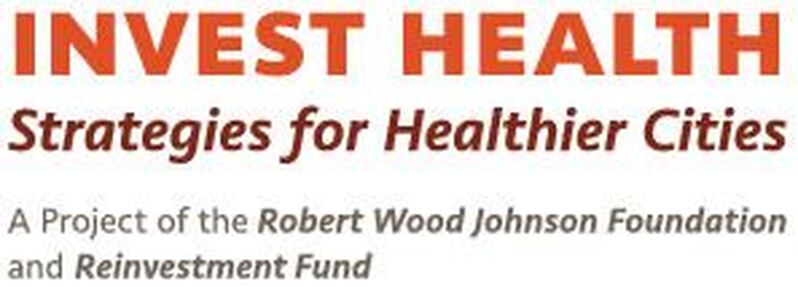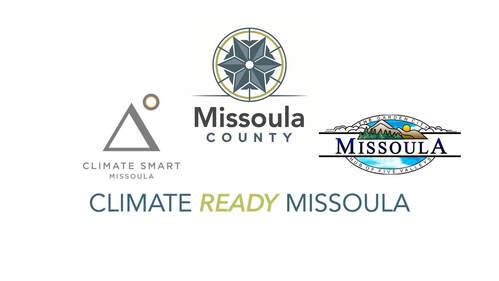Climate change will bring hotter summers, longer wildfire seasons, and more springtime flooding - all of which will stress our emergency preparedness and response community.
What can we do to prepare and build resiliency?
Our community identified several goals and strategies to address Missoula County's vulnerabilities in our emergency preparedness and response sector, given climate change. Each goal and their corresponding strategies are presented below, and you can find strategy-specific implementation details by clicking on its "status." Additionally, relevant resources to each goal are included throughout the page.
Implementation Highlights
Missoula County's Office of Emergency Management will update the Pre-Disaster Mitigation Plan in the spring of 2023. As part of this planning process, there will be an explicit focus on climate change projections and impacts - this planning process will advance many of the strategies listed below.
Ensure "hard" infrastructure (roads, bridges, power lines, telecommunications, etc.) is resilient to climate change.
Strategy |
Status (click for more information on implementation progress) |
Assess infrastructure needs and vulnerabilities to inform infrastructure strategic plan (protect, enhance, develop redundancies). |
IMPLEMENTING IN NEAR TERM - DETAILED PROGRESS REPORT COMING SOON. |
Ensure "hard" infrastructure (roads, bridges, power lines, telecommunications, etc.) is resilient to climate change.
Strategy |
Status (click for more information on implementation progress) |
Enhance emergency communication capabilities and evacuation strategies, routes, and safety zones. |
COLLECTING INFORMATION. The strategies of Climate Ready are intentionally high level - we're still collecting information on the implementation details of this strategy. |
Connect with and support Invest Health, Missoula College, Missoula Emergency Services Inc., Missoula City-County Health Department, and partners regarding preventative health measures (upstream health response). |
|
Ensure public safety and emergency response communities have the necessary tools to provide care, outreach and/or referrals. |
COLLECTING INFORMATION. The strategies of Climate Ready are intentionally high level - we're still collecting information on the implementation details of this strategy. |
Ensure sufficient emergency response personnel within rural areas of Missoula County. |
COLLECTING INFORMATION. The strategies of Climate Ready are intentionally high level - we're still collecting information on the implementation details of this strategy. |

